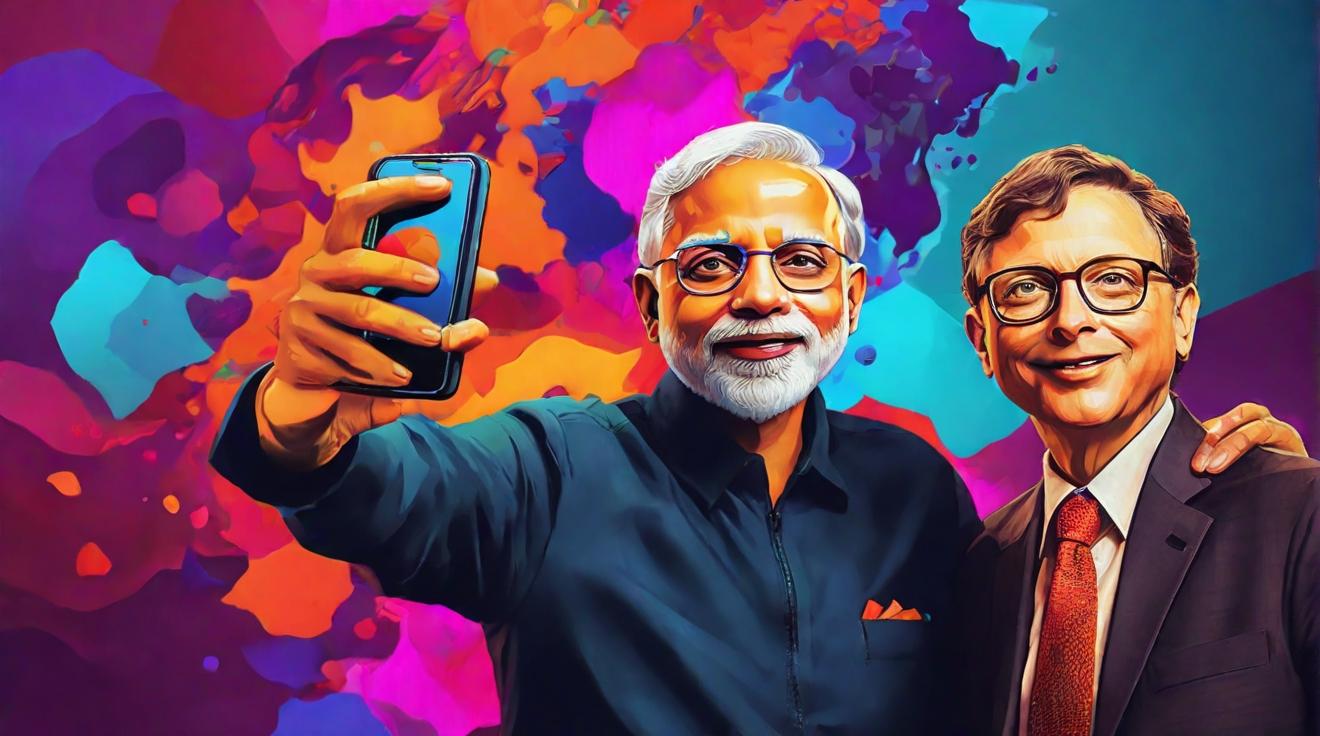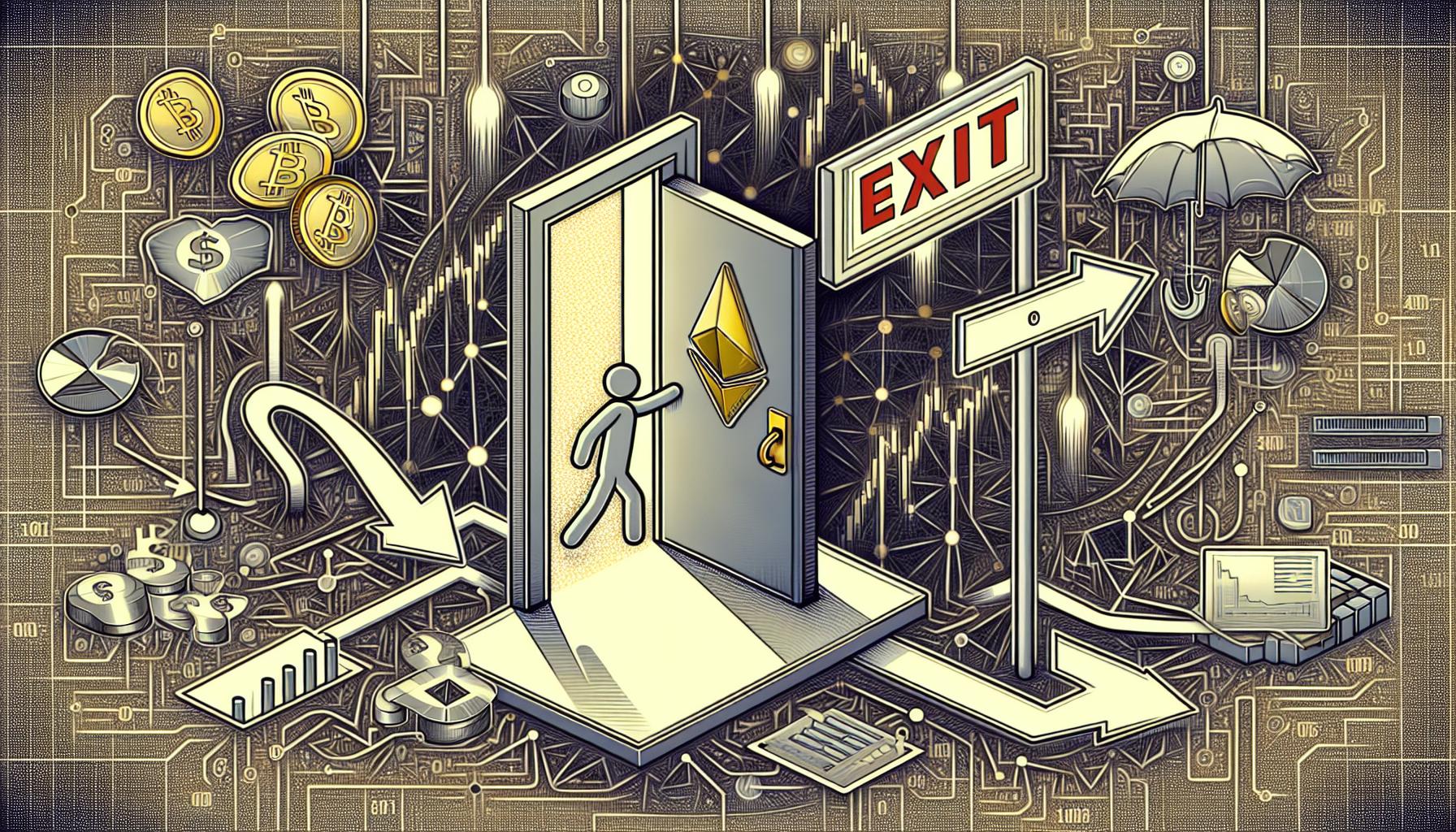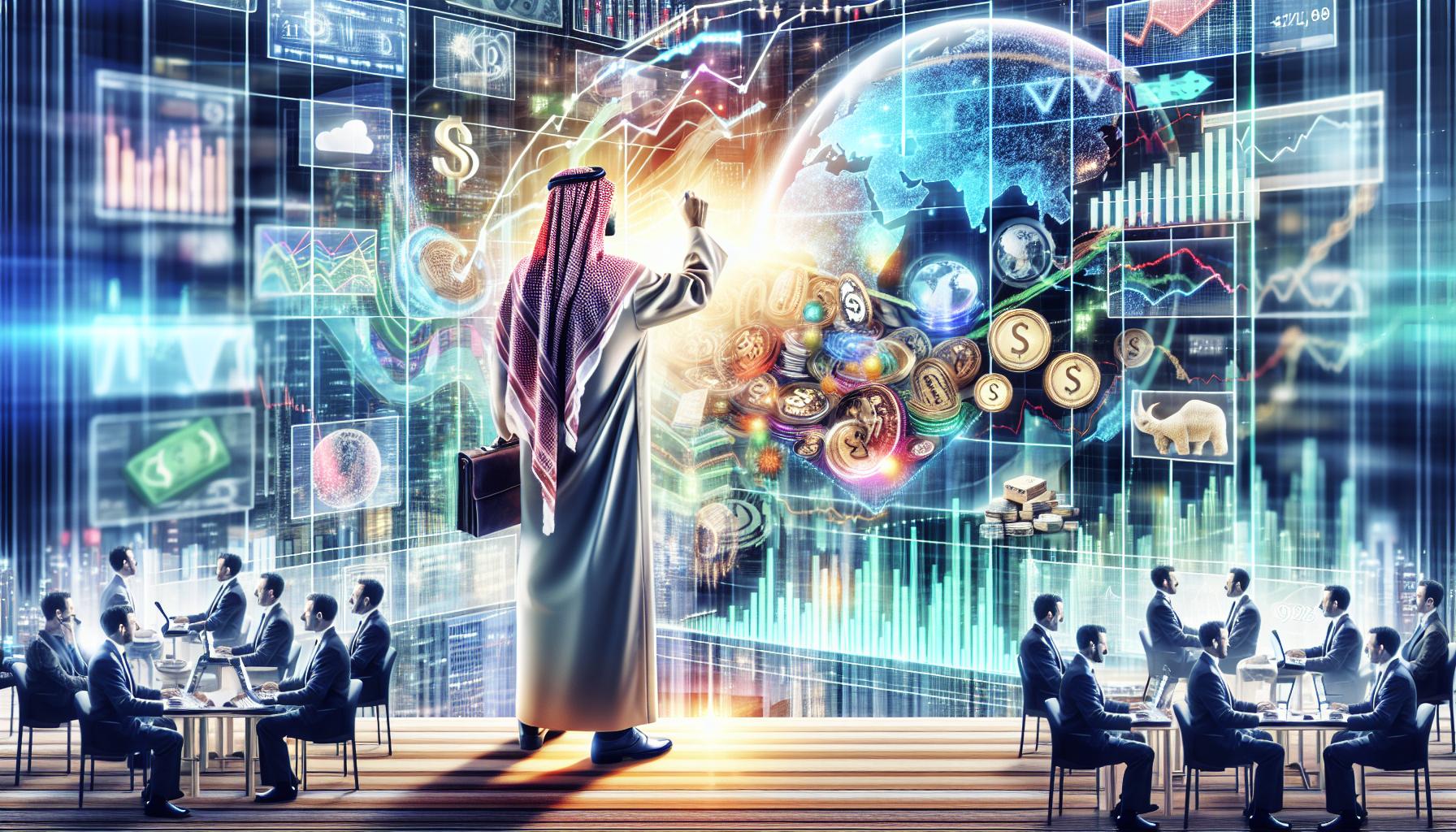NFTs in the Art World: Digital Collectibles and Ownership
The Rise of NFTs: How Digital Collectibles are Transforming the Art World
The art world has always been known for its exclusivity and physicality. However, the emergence of Non-Fungible Tokens (NFTs) has completely transformed the landscape. NFTs are unique digital assets that use blockchain technology to verify ownership and establish scarcity. This has opened up a whole new world of possibilities for artists, collectors, and art enthusiasts alike. Artists can now easily digitize their work, creating opportunities for new revenue streams and global reach. Collectors, on the other hand, can now own and trade digital artworks with a clear and indisputable proof of authenticity. This shift towards digital collectibles is challenging traditional notions of art and revolutionizing the way we perceive and interact with it.
Exploring the Concept of Ownership in the NFT Era
Ownership has always been a cornerstone of the art world. Owning an artwork was a symbol of status and prestige. However, the concept of ownership has become more ambiguous in the NFT era. With traditional art, ownership is often tied to the physical object. But with NFTs, the focus shifts to owning the digital representation of the artwork. This raises questions about the nature of ownership and what it means to truly own a piece of art. Can a digital file be considered a valuable and ownable asset? The answer, it seems, lies in the decentralized nature of blockchain technology, which provides a transparent and immutable record of ownership.
NFTs and Copyright: Navigating the Legal Landscape in the Digital Art Market
The rise of NFTs has also brought to the forefront the complex issue of copyright in the digital art market. As artists create and sell digital artworks, questions arise about the rights and permissions associated with these works. While NFTs provide a way to establish ownership, they do not automatically grant copyright protection. Artists must still navigate the legal landscape to protect their intellectual property rights. This includes understanding the terms and conditions of the platforms they use to sell their NFTs, as well as ensuring that their work does not infringe upon the copyrights of others. As the market continues to evolve, it is crucial for artists, collectors, and platforms to work together to establish clear guidelines and best practices.
Evaluating the Market Value of NFTs: Trends and Insights
The market value of NFTs has been a subject of much discussion and debate. Some argue that the value of NFTs lies in their scarcity and the demand from collectors, while others believe that the market is driven by hype and speculation. Regardless of the differing opinions, there is no denying that the NFT market has seen tremendous growth. High-profile sales and record-breaking prices have made headlines, attracting attention from artists, collectors, and investors alike. However, it is important to approach the market with caution and do thorough research before making any investment decisions. Understanding the underlying factors that contribute to the value of NFTs, such as the reputation of the artist, the uniqueness of the artwork, and the demand from collectors, is crucial for evaluating their market worth.
Challenges and Opportunities: NFTs as a New Frontier in the Art Industry
While NFTs offer exciting opportunities for artists and collectors, they also come with their fair share of challenges. One of the major concerns is the environmental impact of blockchain technology, which is the backbone of NFTs. The energy consumption associated with minting and trading NFTs has raised concerns about its carbon footprint. Another challenge is the potential for fraud and copyright infringement in the NFT market. As the popularity of NFTs grows, so does the risk of unauthorized reproductions and scams. However, despite these challenges, NFTs present a new frontier in the art industry, offering artists a way to monetize their work and connect with a global audience, while collectors have the opportunity to own and trade unique digital assets like never before. The future of NFTs in the art world is still unfolding, but one thing is clear – they are here to stay.
In conclusion
, NFTs have revolutionized the art world by introducing digital collectibles and redefining the concept of ownership. They offer artists new opportunities for monetization and global reach, while collectors can now own and trade digital artworks with verified authenticity. However, the rise of NFTs also brings challenges in terms of copyright and market value evaluation. It is crucial for the art industry to navigate the legal landscape and establish clear guidelines. Moreover, the environmental impact and potential for fraud should not be overlooked. Nonetheless, NFTs represent a new frontier in the art industry, full of possibilities and opportunities for artists, collectors, and investors.













